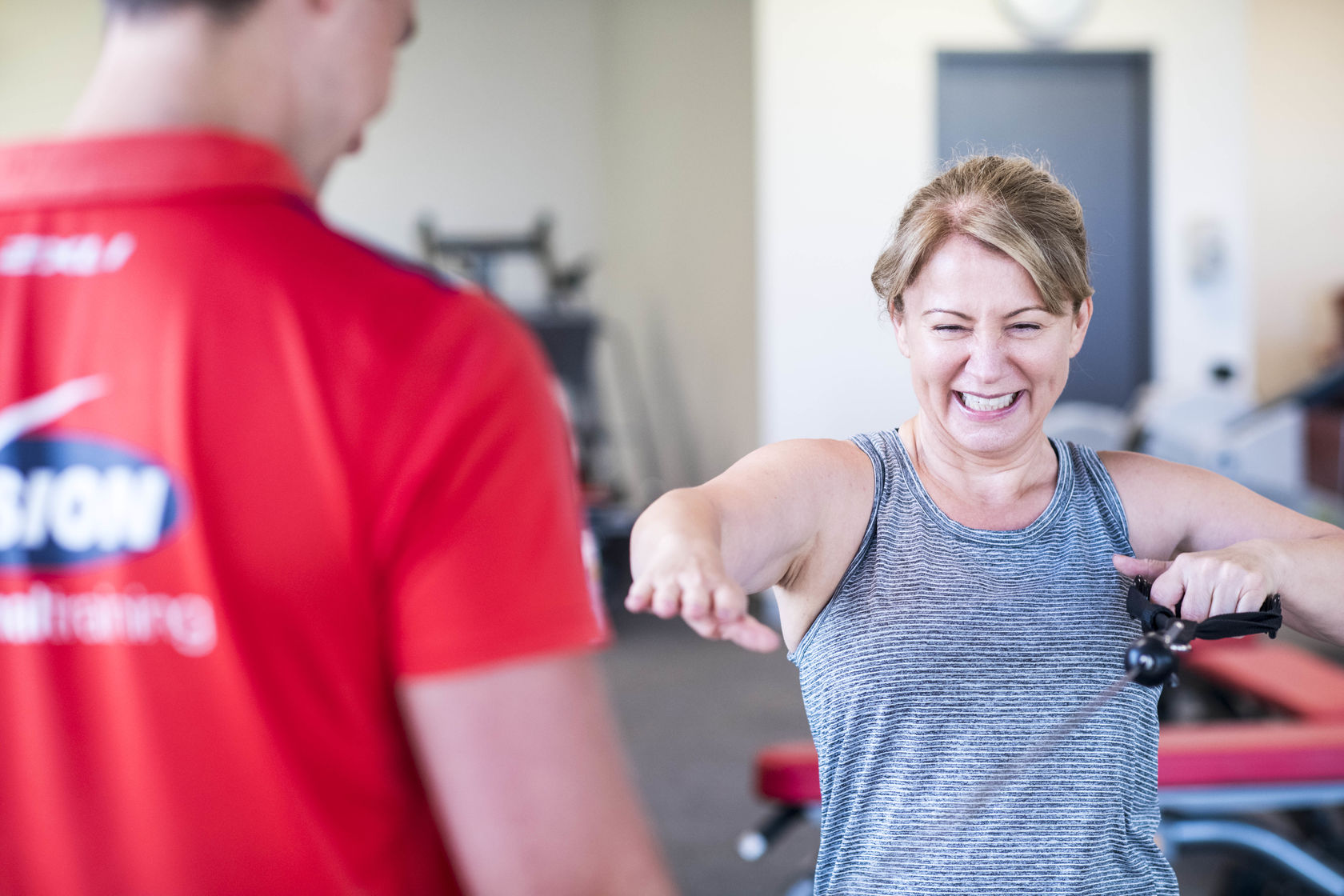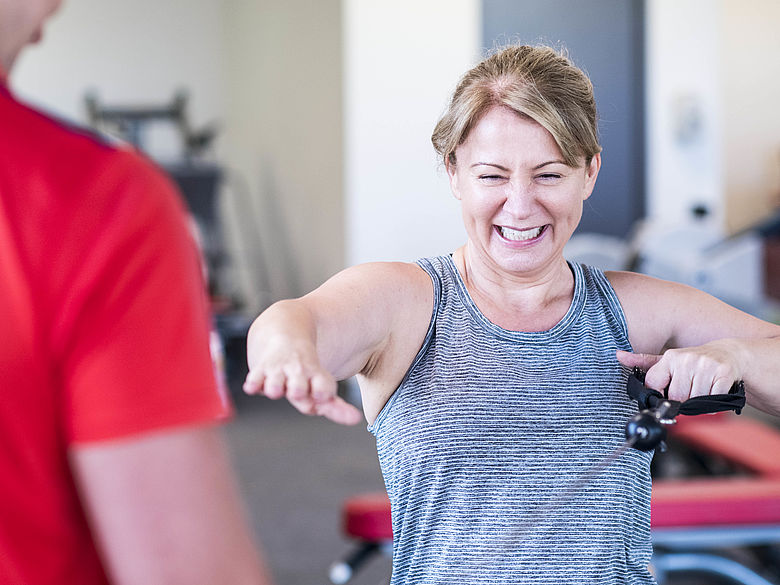With work and life stresses, a lot of people tend to become inactive after 40 years of age. By focusing on activities that you enjoy, and having a tailored regular exercise routine, you can experience many health benefits and transform your life.
Mental benefits:
- Cardiovascular exercise increases concentrations of norepinephrine, a chemical that can moderate the brain's response to stress. 20mins of low-moderate cardio (e.g. cycling, walking, swimming) is the perfect way to destress after a hard day at work.
- Exercise releases endorphins which create feelings of happiness and euphoria. Studies have revealed that physical activity can even alleviate symptoms among the clinically depressed just as much, if not more than medication.
- Unfortunately, as we get older our brain tends to become a bit hazy, and degenerative diseases such as Alzheimer's become more prominent. While there is no current cure, studies have shown that exercising regularly, especially between 25 and 45 years of age, boosts the chemicals in the brain that support and prevent degeneration.
- Cardiovascular exercise increases the production of cells in the hippocampus, and even produce new brain cells which assist in decision making, higher thinking, boosts memory and increases the ability to learn new things.
Physical Benefits:
- Research shows that employees who are physically active on a regular basis are more productive and have more energy than their more sedentary peers. Exercise has also been shown to boost creativity.
- It's a common misconception that age slows your metabolism, when it's actually the lack of physical activity. Regular physical activity helps to build lean muscle mass which causes the body to burn more energy, thus helping to maintain a healthy weight range.
- Keeping active also improves immune function, reduces the risk of heart disease and diabetes, decreases blood pressure & cholesterol and increases bone mineral density thus decreasing the risk of osteoporosis (particularly in women).
- Including weight/resistance training in your training plan also has great benefits including; improving your strength, flexibility and mobility which all help with balance and coordination. Thus, reducing the risk of falls. Strength training has also been shown to alleviate arthritis symptoms.
A balanced Training Plan should include:
- Cardiovascular exercise
- Strength exercises
- Flexibility
- Balance
- Supervision by a trained professional
*Disclaimer: Individual results vary based on agreed goals. Click here for details.

